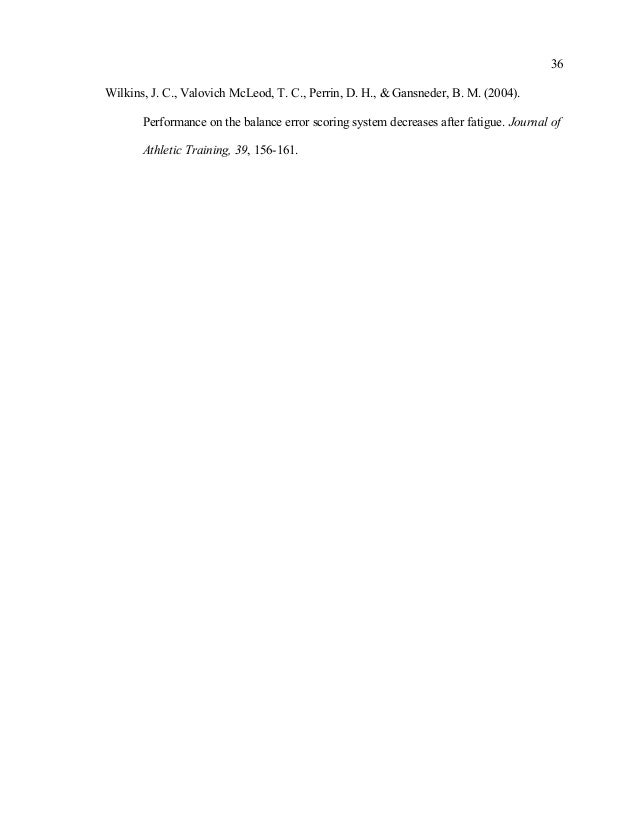OBJECTIVE Over the last 2 decades, sport-related concussion (SRC) has garnered significant attention. Even with increased awareness and athlete education, sideline recognition and real-time diagnosis remain crucial. The need for an objective and standardized assessment of concussion led to the eventual development of the Sport Concussion Assessment Tool (SCAT) during the Second International Conference on Concussion in Sport in 2004, which is now in its third iteration (SCAT3). In an effort to update our understanding of the most well-known sideline concussion assessment, the authors conducted a systematic review of the SCAT and the evidence supporting its use to date. METHODS English-language titles and abstracts published between 1995 and October 2015 were searched systematically across 4 electronic databases and a review was conducted in accordance with the Preferred Reporting Items for Systematic Reviews and Meta-Analyses (PRISMA) guidelines adapted for the review of a heterogeneous collection of study designs. Peer-reviewed journal articles were included if they reported quantitative data on any iteration of the SCAT, Standardized Assessment of Concussion (SAC), or modified Balance Error Scoring System (mBESS) data at baseline or following concussion in an exclusively athlete population with any portion older than 13 years of age.
NFL Sideline Concussion Assessment Tool (continued) SAC / Concentration: 4. Moving hip into >30 degrees abduction 5. Lifting forefoot or heel 6. Download Patapon 3 Save Data here. Sport Concussion Assessment Tool Sport Concussion Assessment Tool (SCAT) head injur w “Pressure resolves spontaneously Nausea reflect a functional di.
Studies that included nonathletes, only children less than 13 years old, exclusively BESS data, exclusively symptom scale data, or a non–SCAT-related assessment were excluded. RESULTS The database search process yielded 549 abstracts, and 105 full-text articles were reviewed with 36 meeting criteria for inclusion.
Nineteen studies were associated with the SAC, 1 was associated with the mBESS exclusively, and 16 studies were associated with a full iteration of the SCAT. Amblyopia Inet Software Program. The majority of these studies (56%) were prospective cohort studies.

Male football players were the most common athletes studied. An analysis of the studies focused on baseline differences associated with age, sex, concussion history, and the ability to detect an SRC. ABBREVIATIONS AUC = area under the curve; GCS = Glasgow Coma Scale; mBESS = modified Balance Error Scoring System; mTBI = mild TBI; NFL = National Football League; NHL = National Hockey League; PCSS = Post-Concussion Symptom Scale; PRISMA = Preferred Reporting Items for Systematic Reviews and Meta-Analyses; ROC = receiver operating characteristic; SAC = Standardized Assessment of Concussion; SCAT = Sport Concussion Assessment Tool; SRC = sport-related concussion; TBI = traumatic brain injury. Over the last 2 decades, sport-related concussion (SRC) has emerged as a major public health problem with many stakeholders.,, The Centers for Disease Control and Prevention estimate up to 3.8 million instances of SRC in any given year., Even with increased awareness and attempts at athlete education,, sideline recognition and real-time diagnosis by team physician or training staff remains crucial.,, Recognition and diagnosis of SRC based on symptoms alone may be challenging given the variability in symptom reporting. Due to the subjective nature of symptom endorsement, athletes may fail to disclose or purposefully hide symptoms from sideline staff to remain in the game., The need for an objective and standardized assessment of concussion, including brief screening of neurocognitive and neurological functions in addition to symptom assessment, led to the development of the Standardized Assessment of Concussion (SAC) in 1997. During the Second International Conference on Concussion in Sport in 2004, the SAC was combined with a standardized symptom scale (the Post-Concussion Symptom Scale [PCSS]), sport-specific orientation questions (i.e., modified Maddocks' questions), on-field markers of concussion (e.g., amnesia, loss of consciousness), and guidelines for a systematic, stepwise return to play to create the first iteration of the Sport Concussion Assessment Tool (SCAT). While the primary purpose of the SCAT was to standardize sideline diagnosis of concussion, it also served as a tool for patient education.
At the third meeting of the Concussion in Sport Group, the SCAT underwent revisions to include the additions of:1) the Glasgow Coma Scale (GCS); 2) alternate word lists for the immediate and delayed recall portion of the SAC; and 3) a modified version of the Balance Error Scoring System (mBESS, consisting of 3 stances performed on a hard surface). Although the SCAT2 was more labor intensive and required greater time to administer, it was designed for both sideline and serial use to track an athlete's recovery during subsequent clinical assessments. Playstation Vita Youtube Downloader there. , In the most recent revision (SCAT3), published in 2013, additional physical/objective signs (i.e., blank/vacant look, cervical stability assessment) were added with the option of using either foam stances or a timed tandem gait task for postural stability assessment. The SAC and PCSS remained unchanged in the SCAT3 from its original iteration. In addition, a SCAT3 version tailored to children (age.
